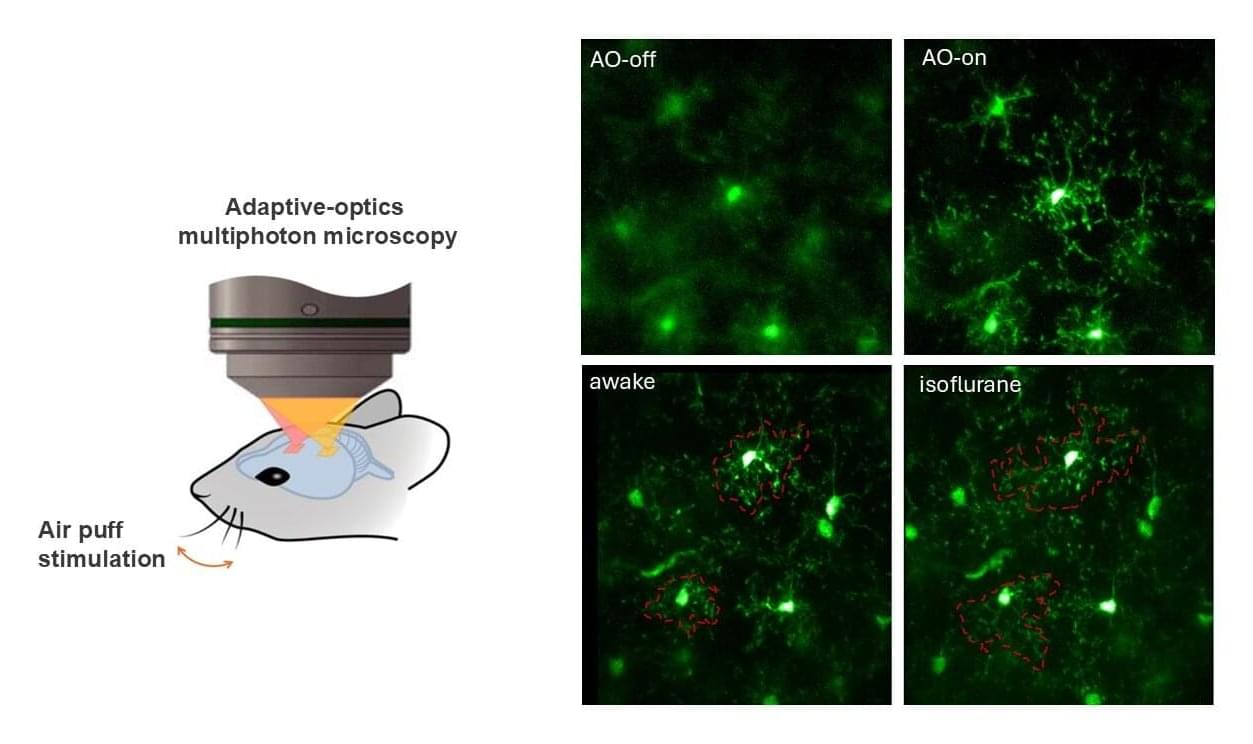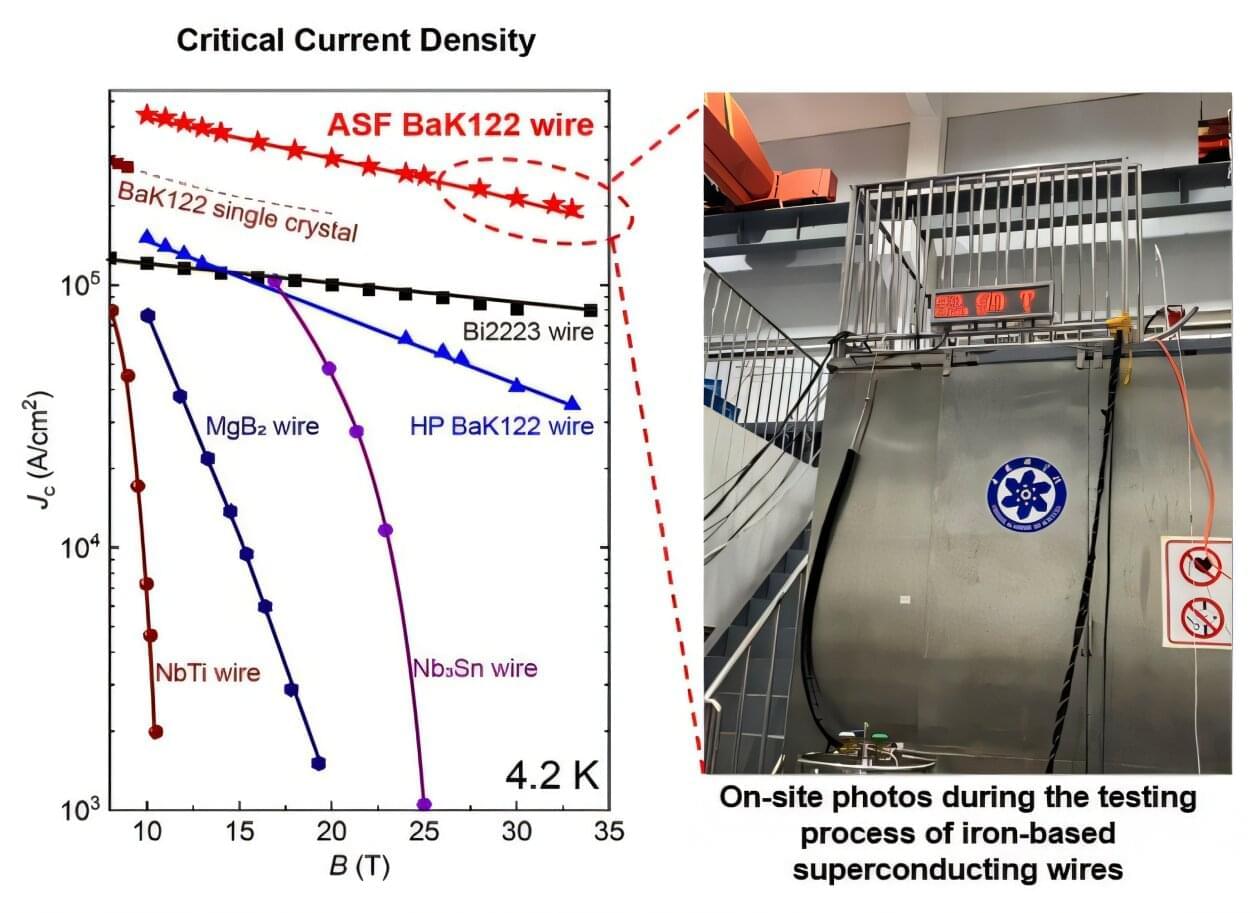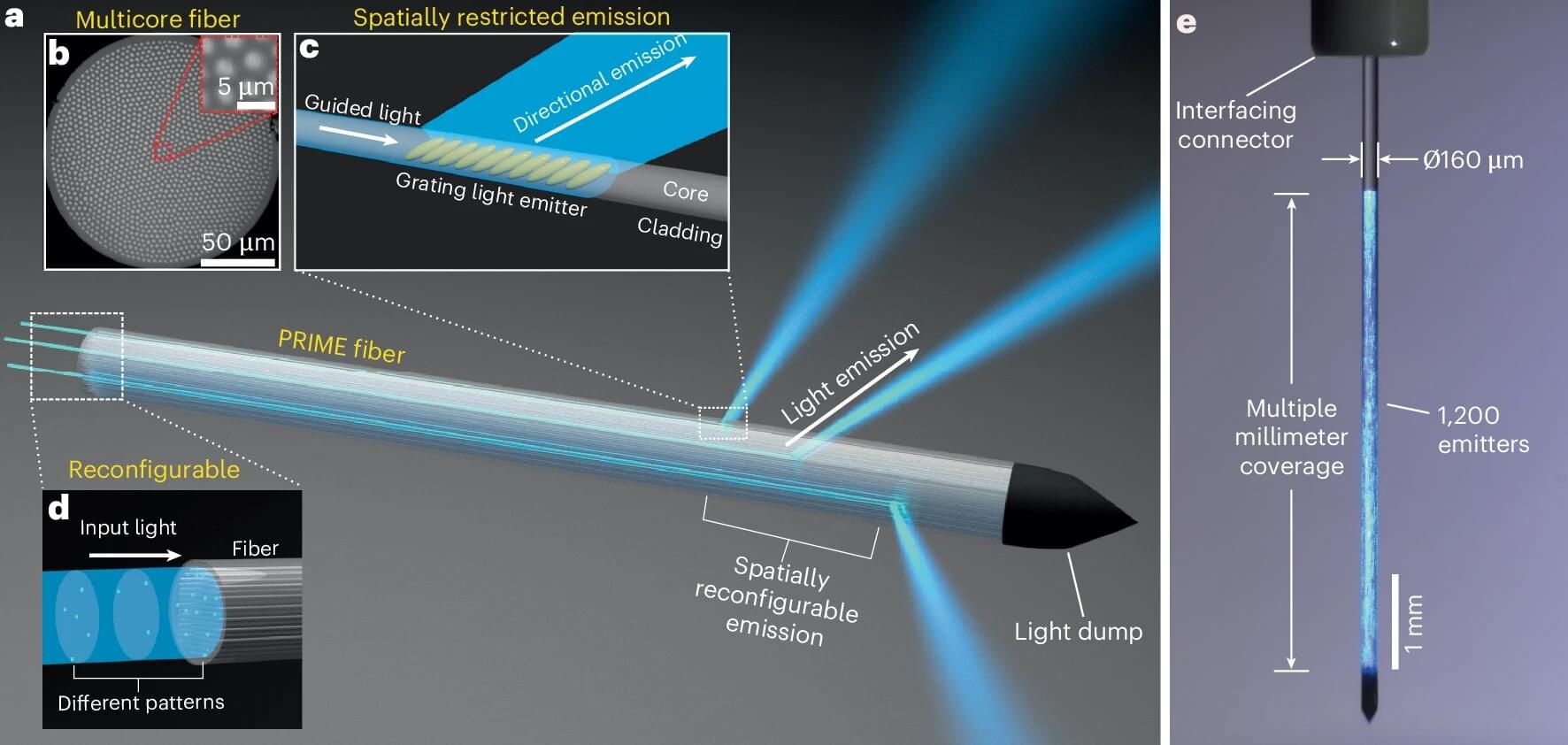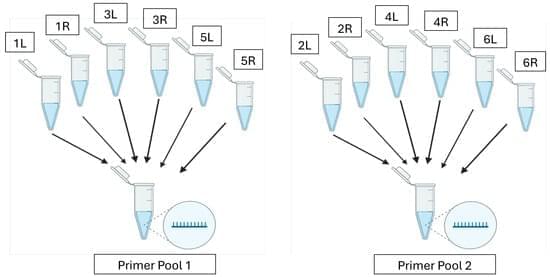A research team from the School of Engineering at The Hong Kong University of Science and Technology (HKUST) has achieved a breakthrough in brain imaging by developing the world’s first technology to capture high-resolution images of the brains of awake experimental mice in a nearly noninvasive manner.
By eliminating the need for anesthesia, this innovation enables scientists to study brain tissue in its fully functional state. The advancement promises deeper insights into human brain function in both healthy and diseased conditions, opening new frontiers in neuroscience research.
The study was recently published in Nature Communications in a paper titled “Rapid adaptive optics enabling near-noninvasive high-resolution brain imaging in awake behaving mice.”







